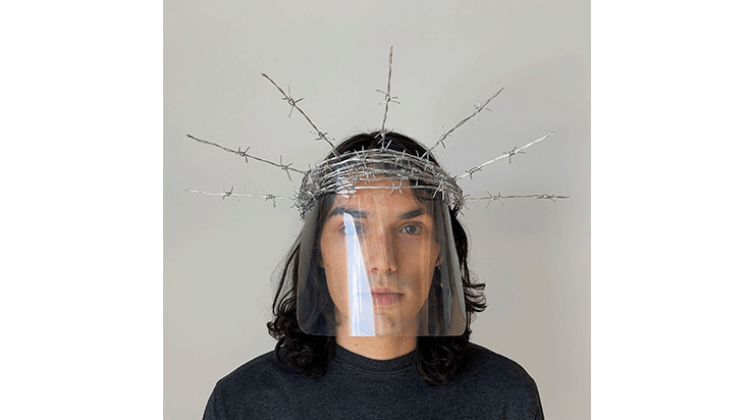4.301
Introduction to Artistic Experimentation — Scale, Signal, Spectrum
Introduces artistic practice and critical visual thinking through three studio-based projects using different scales and media, for instance, "Body Extension," "Shaping Time," "Public Making," and/or "Networked Cultures." Each project concludes with a final presentation and critique. Students explore sculptural, architectural, performative artistic methods; video and sound art; site interventions and strategies for artistic engagement in the public realm. Lectures, screenings, guest presentations, field trips, readings, and debates supplement studio practice. Also introduces students to the historic, cultural, and environmental forces affecting both the development of an artistic vision and the reception of a work of art.
TBA
Fall
3-3-6
U
Schedule
W 2-5
Location
TBA
Prerequisites
None
Required Of
Restricted elective for BSAD, A Minor, Design Minor
Enrollment
Limited to 20
HASS
A
Open Only To
Undergraduates
Lab Fee
Per-term $75 fee after Add Date; SMACT students are exempt
Can Be Repeated for Credit
No






